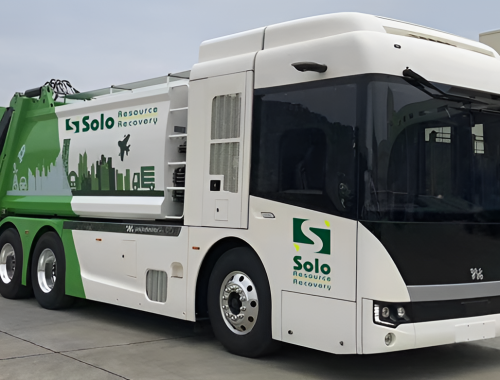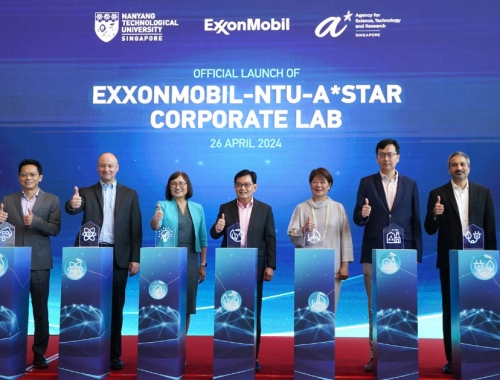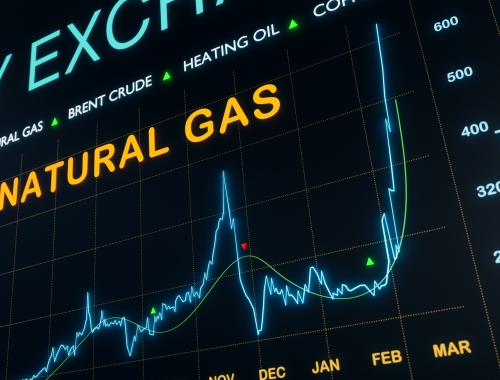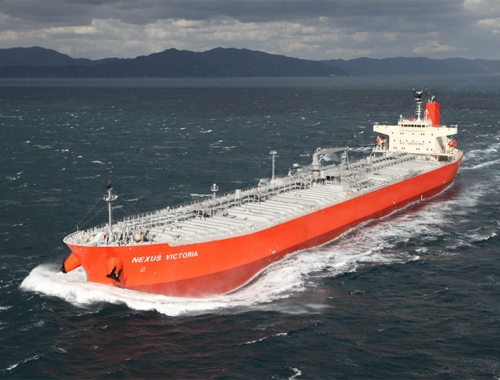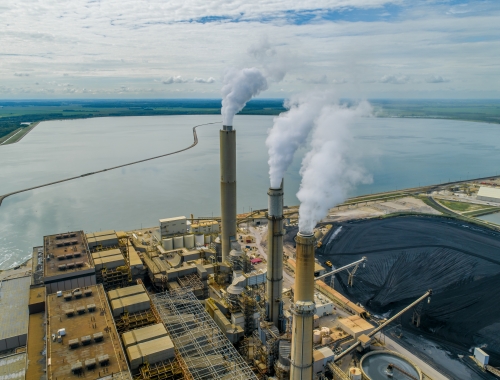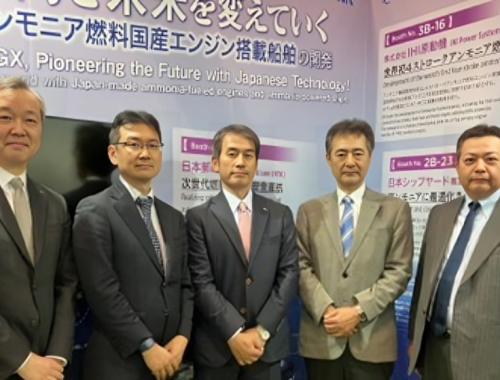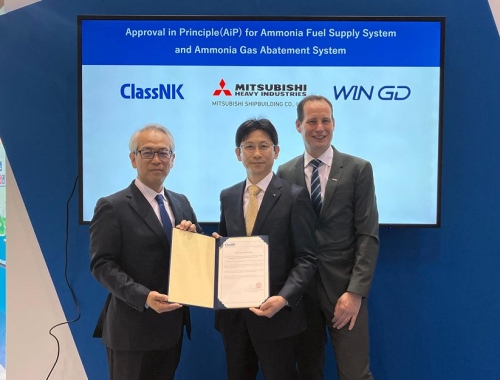Mitsubishi Heavy Industries launches Nagasaki Carbon Neutral Park
SUMMARY
The Nagasaki Carbon Neutral Park will lead research in multiple domains, with a primary focus on fuel production, combustion technologies, and CO2 capture.
By Shardul SharmaPOSTED IN:
Mitsubishi Heavy Industries (MHI) has inaugurated the Nagasaki Carbon Neutral Park, a hub dedicated to advancing energy decarbonisation technologies within the MHI Group, it said on August 7.
The Nagasaki Carbon Neutral Park will lead research in multiple domains, with a primary focus on fuel production, combustion technologies, and CO2 capture. It will leverage existing research facilities at the Nagasaki District Research & Innovation Center, which have previously concentrated on hydrogen and biomass fuel production, ammonia combustion, and CO2 capture, MHI said.
One of the key thrusts of the Nagasaki Carbon Neutral Park will be the advancement of hydrogen production technologies. The facility will channel its efforts into next-generation technologies like advanced water electrolyzers employing solid oxide electrolysis cells (SOEC). Additionally, the park will delve into turquoise hydrogen production via methane pyrolysis, which yields hydrogen and solid carbon.
These innovations are slated to undergo real-world validation at the Takasago Hydrogen Park in Hyogo Prefecture, including power generation through hydrogen gas turbines.
In parallel, the park will spearhead the development of biomass fuel production methods. By striving for the commercialisation of synthetic fuel production facilities, including sustainable aviation fuels generated through biomass gasification integrated Fischer-Tropsch synthesis, the facility aims to provide environmentally friendly alternatives for various sectors.
Furthermore, the Nagasaki Carbon Neutral Park will play a role in ammonia combustion research. This will entail conducting tests using a large-scale combustion test furnace burner at the Nagasaki district. Notably, the park envisions conducting co-firing tests with at least 50% ammonia at a power plant in the near future, potentially as early as FY2024.


